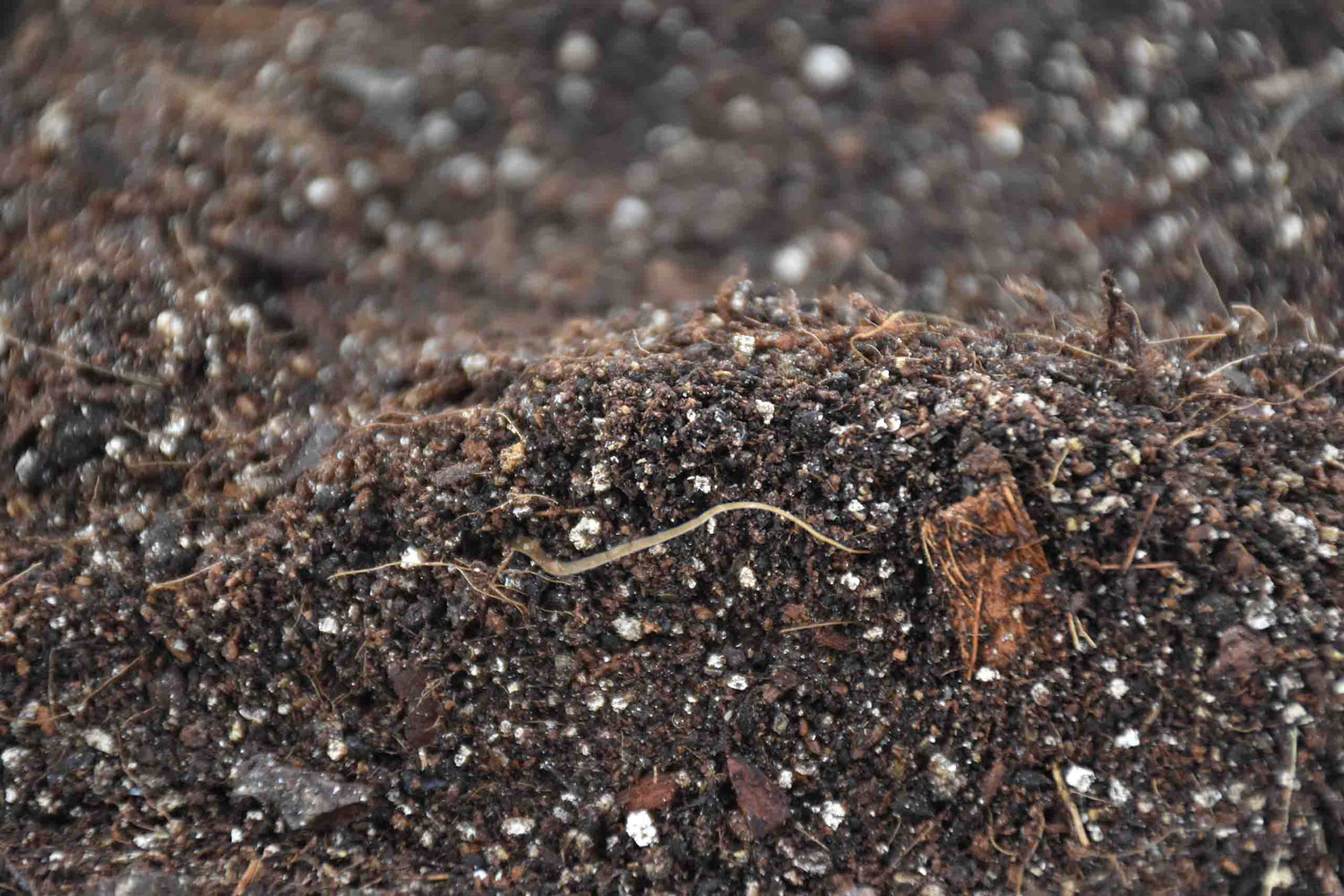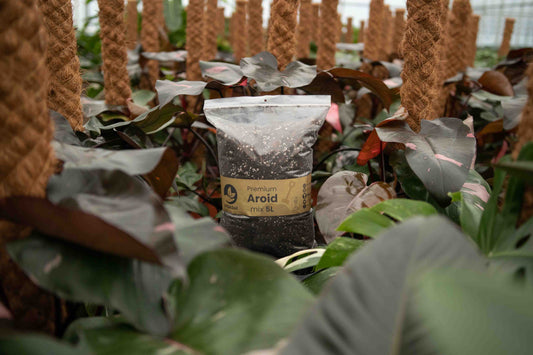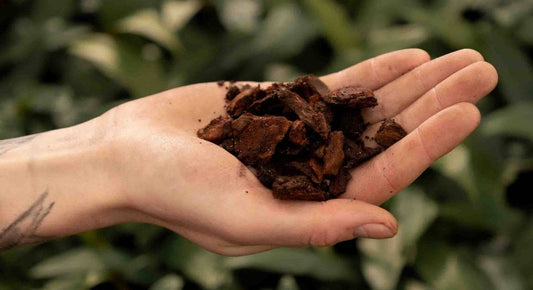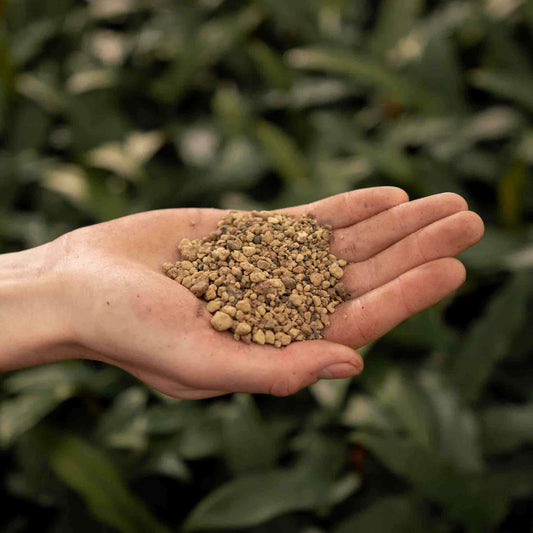Sphagnum moss, often overlooked, is a real treasure for our plants. As experts in houseplants and potting soil, we have discovered the unique properties of this green gold. Sphagnum moss is known for its ability to retain moisture and improve soil structure, making it an ideal addition for any plant lover. But what if we told you that we can also reuse this miracle material?
By reusing Sphagnum Moss, we are contributing to a more sustainable world. Reusing sphagnum moss helps reduce the demand for new resources, while allowing us to continue to enjoy the benefits of this versatile plant. In this article, we take a closer look at the ways in which we can reuse sphagnum moss and the impact this has on our plants and the environment.
Benefits of Reusing Sphagnum Moss
Reusing sphagnum moss offers several benefits for indoor plants. This moisture-retaining substrate improves both the structure of potting soil and the growing conditions for our plants Learn more about storing live and dry sphagnum moss.
Environmental Benefits
By reusing old sphagnum, we reduce the demand for new moss. Recycling used moss contributes to sustainability and reduces our ecological footprint. This organic material offers an alternative to synthetic products that are often harmful to the environment. In addition, reusing sphagnum improves soil cover and promotes biodiversity in our potting soil.
Economic benefits
Reusing sphagnum moss reduces the cost of potting soil. By focusing on recycling moss, we can create a high-quality, moisture-retaining base without constantly purchasing new materials. This saves us money in the long run, especially when we have a wide range of plants in our collection that require different substrate needs. Improving potting soil with reused moss also contributes to healthier, stronger plants, which ultimately gives us more enjoyment and success in our plant care.
Applications of Sphagnum Moss
Sphagnum moss has various applications for improving the growing conditions of our houseplants. This moisture-retaining substrate is ideal for reuse and can be used in various ways to promote plant health.
Cuttings
Old sphagnum is an excellent medium for taking cuttings. It retains moisture and provides an airy structure, which is crucial for the development of healthy roots. By using sphagnum as a cutting medium, we improve the chances of successful root formation. This organic material also prevents suffocation of the young roots and provides the right moisture level, which promotes the growth of new plants.
Moss poles
Moss Poles made from sphagnum offer a sustainable alternative for supporting climbing plants in our indoor jungles. These poles also retain moisture, acting as an extra reservoir for the aerial roots. We can use old sphagnum to fill our moss poles, which both promotes reuse of material and increases the humidity in the environment. The use of moss poles not only supports growth but also contributes to the elegant appearance of our houseplants.
By recycling sphagnum moss in these applications, we reduce the need to harvest new moss.
How to reuse sphagnum moss?
Sphagnum moss plays a crucial role in improving potting soil for indoor plants. By reusing used moss, we contribute to more sustainable plant care and improve the growing conditions of our plants. Be sure to understand if you have Peat Moss or Sphagnum.
Preparation of sphagnum moss
Before we can reuse sphagnum moss, it is important to clean it thoroughly. Remove dirt and impurities by rinsing the moss thoroughly with running water. The moss can then be sterilized by soaking it in distilled water with hydrogen peroxide. This ensures that the old Sphagnum is free of fungi and pathogens. The result is a clean, safe, and moisture-retaining substrate that can be reused. It's best if you properly store both live and dried Sphagnum Moss.
Common Problems
When reusing Sphagnum moss, a number of problems can arise. It is important to understand these in order to ensure the quality of our houseplants.
Mold
Mold is high on the list of problems associated with the use of used moss. Mold develops when Sphagnum is not properly cleaned before being used for new potting soil. We recommend thoroughly cleaning and sterilizing the moss to remove mold and pathogens. Sterilizing the moss not only promotes plant health but also reduces the risk of infection.
Contamination
Contamination can occur through the use of old Sphagnum that has been exposed to unfavorable conditions. Old moss can contain harmful substances that are harmful to our plants. To improve the quality of our potting soil and ensure a healthy growing medium, it is essential to use only clean and sterile moss. We recommend carefully monitoring the reuse of Sphagnum to create the best conditions for our indoor plants. Especially when harvesting Sphagnum Moss nature.
Conclusion
Reusing Sphagnum moss not only offers us a sustainable solution for our plants, but also the opportunity to improve their health. Thanks to the unique properties of Sphagnum, we can optimize growing conditions while contributing to an environmentally friendly approach. Buy Sphagnum moss.
With the right cleaning and sterilization methods, we can prevent mold growth and contamination. This ensures that we create a healthy and effective substrate for our indoor plants.
Let's embrace the reuse of Sphagnum moss as a smart choice that benefits both our wallets and the environment. It is a step towards a more sustainable way of plant care and promoting healthy growth of our plants.





